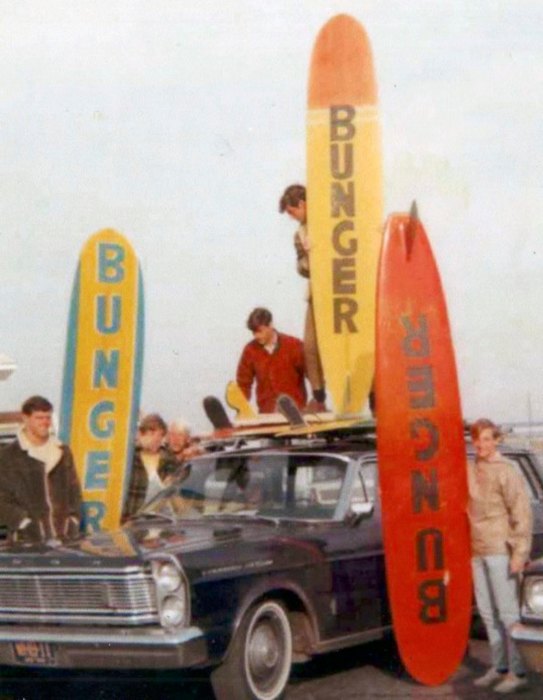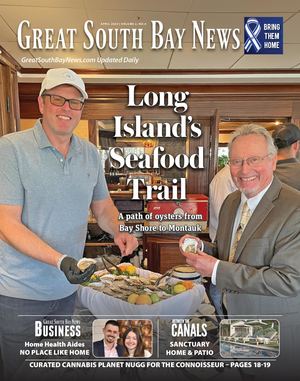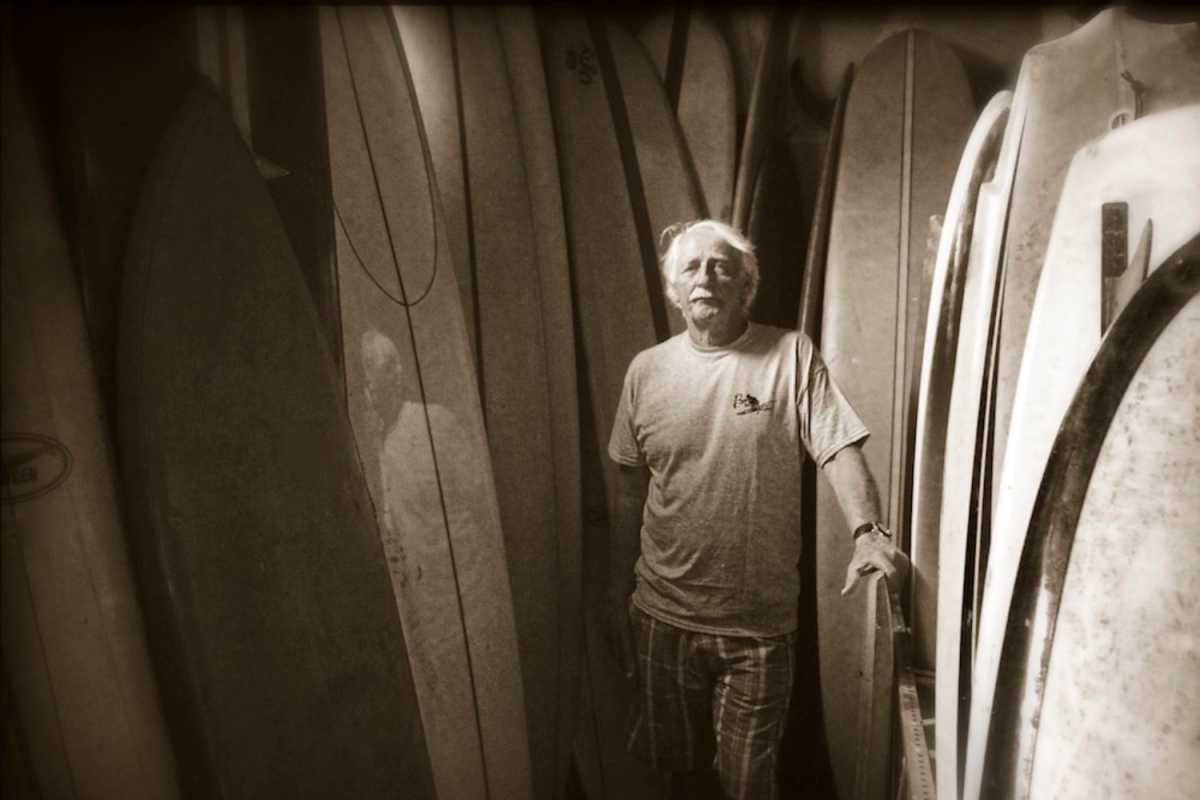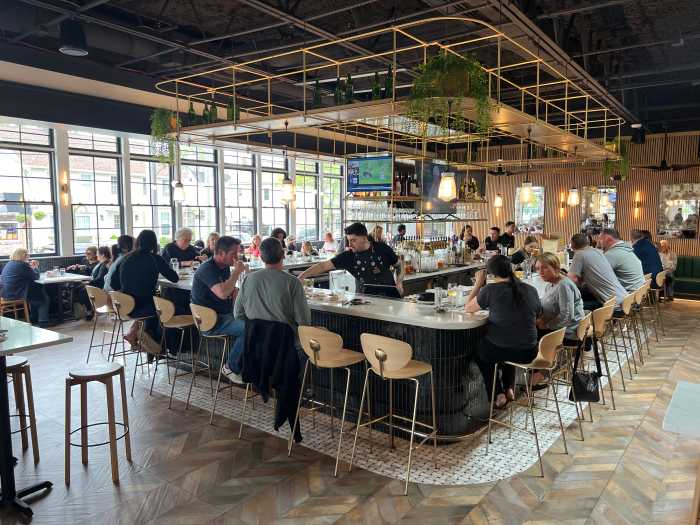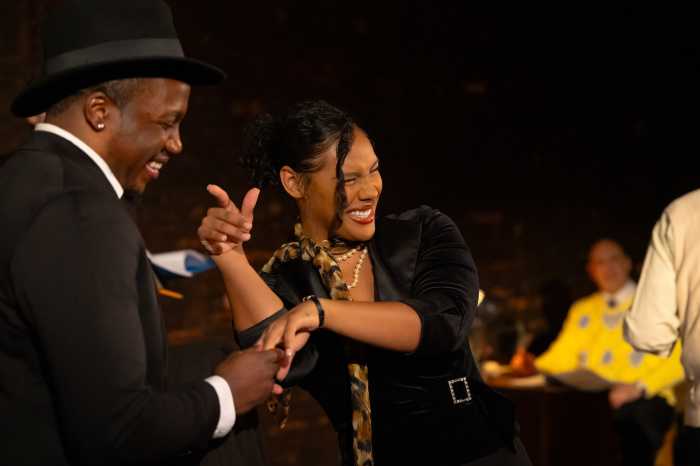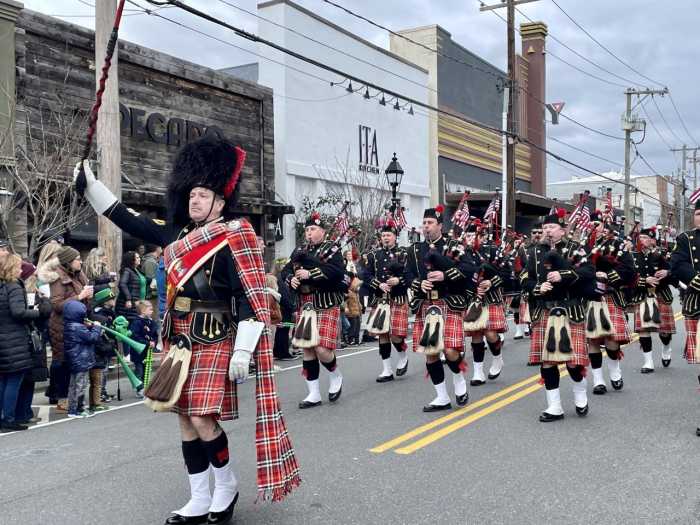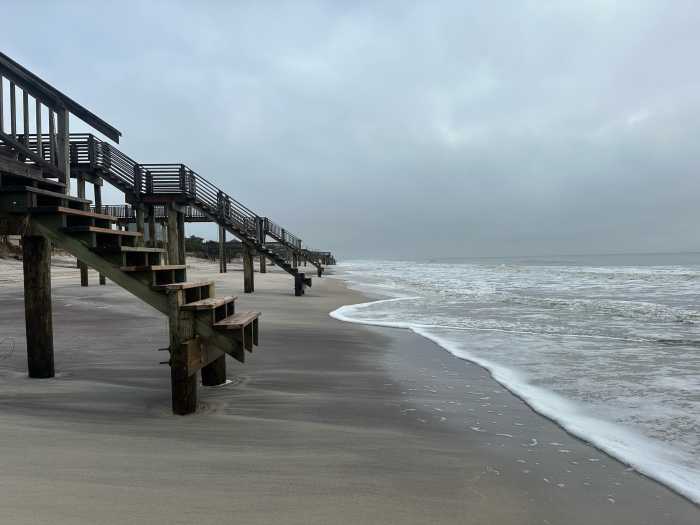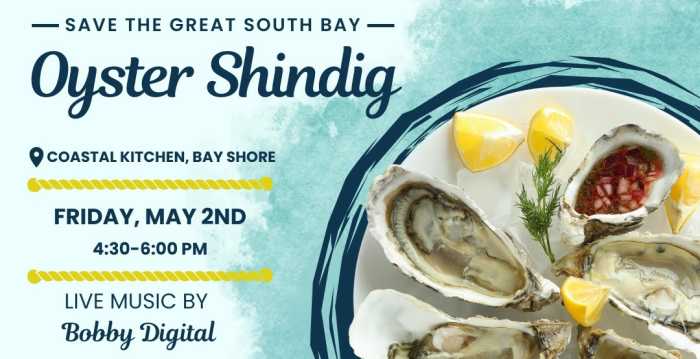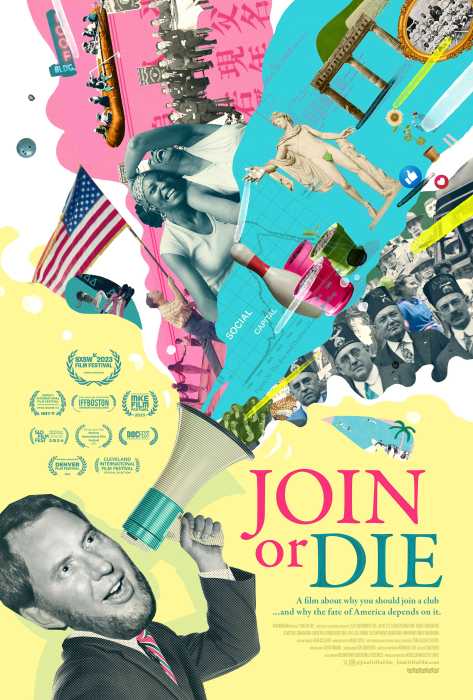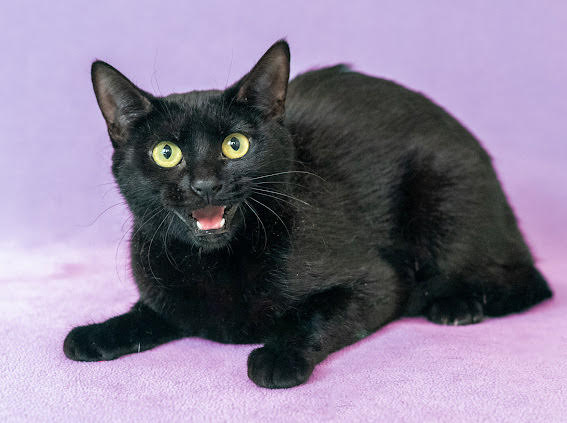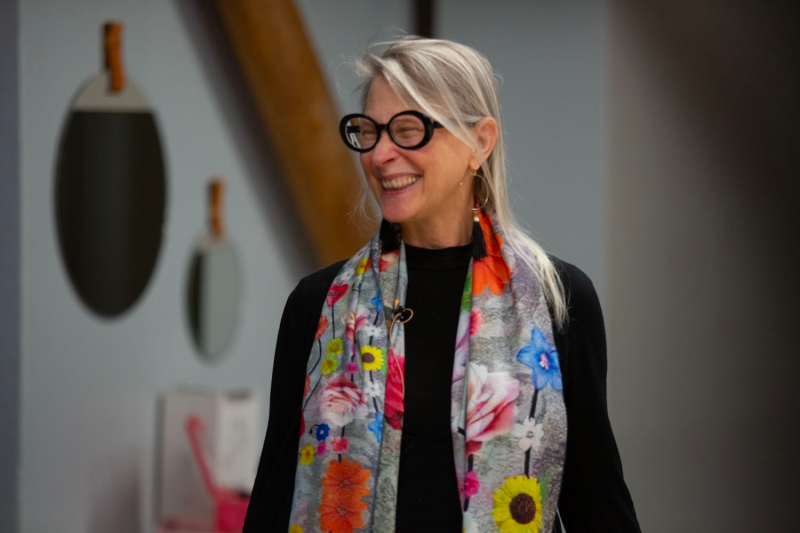In the summer of 1959, 18-year-old Charlie Bunger moved from Brooklyn to Lindenhurst and fell in love. Hanging out at Gilgo Beach, Charlie would observe the lifeguards cut through the waves on their new surfboards during their downtime with several on-lookers.
“One day, while watching the surfers, Charlie had a vision of where this sport could go and decided to make surfboards,” stated Charlie Bunger Jr.
With his friends in the basement of his parent’s home, they started gathering supplies needed to produce boards. Charlie began shaping their first boards from local boat yard surplus items and foam blanks that came with a wholesale price from Clarke Foam Company in California. Soon after they began, Charlie’s parents threw them out of the basement and moved their workshop into the garage. Within a short period, 100 boards were produced, and aspiring local surfers offered to purchase them. Little did he know that he would democratize a sport that defined Long Island’s counter-culture.
“The first model was his Bunger 360 (The original size was nine foot six and 23 inches with a single fin). This board was designed to be a nose rider, which accommodates the iconic “Hang Ten” style (Hang Ten is defined as the surfer riding a wave walking to the nose of the board with their ten toes hanging off the nose). As the sport evolved, he would design his other iconic board, the Bunger Persuader (Eight foot six inches long and twenty-one inches wide single fin) for more performance-based”, asserted Charlie Jr. By 1962, with the growing demand and need for space, Charlie opened the Bunger Surf Shop.
With the opening of his surf shop and his boards becoming famous among local surfers, the Bunger surf team was established to harvest the local talent of the sport. This team would later include Rick “The Raz” Rasmussen of Westhampton Beach, who would dominate the US Surfing Championships in 1972 – 1974.
Following the establishment of the surf team, the crowds of surfers in Gilgo would grow due to the surfing ban imposed in Long Beach and the surrounding areas. The local ban was fed by hysteria over safety concerns, including the potential for a surfer to ride over a swimmer. Looking for a perfect place for the waves to break, the Long Beach and Point Look Out locals became a fixture in Gilgo, starting opposing surf teams.
The local competitions would inspire Charlie to take the lead in establishing the East Coast surfing championship, first held in Gilgo Beach in the summer of 1962. The 1963 championship was moved to Virginia Beach to expand the sport along the East Coast, but the location would be short-lived. Following the success of the 1962 championship and the growing local popularity, the 1964 championship was hosted in Gilgo a second time with a broader national audience.
West Coast surf shop board maker Hobie established a team for the East Coast Championships to expand an East Coast market for their products. Point Look Out resident Edward “Fast Eddie” McCabe, an exile from the Long Beach ban, was recruited to surf for the rival Hobie Team. On the days leading up to the championship, McCabe’s board was delayed in delivery.
“Despite being on a rival team, Charlie invited me to his factory and offered any board on the house to practice with. Charlie was a sincere person passionate about the sport”, stated McCabe.
The Hobi team was headed by Phil Edward, the iconic surfboard designer and the first person to ride Oahu’s North Bay pipeline. The Bunger team may not have won, but there was a big consolation prize. The success of this championship and publicity from the national surf scene would put Long Island on the map as a national destination.
Charlie would live to see the impact of his legacy. In 1994, Surfer Magazine stated, “Charlie Bunger has been synonymous with New York surfing,” referring to his board designs and organizing the East Coast Championships. In 1996, Charlie was inducted into the East Coast Surfing Hall of Fame, and in 2013, inducted into the International Board Builders Hall of Fame. July 2018, the endless summer for Charlie would come to an end through a long-fought battle with cancer. But going into any surf store any given day, the exuberant glow of the next generation of surfers in their late teens and early twenties serves as stewards to his legacy of finding that perfect wave.
